Microorganisms and Chlorinated water
uncle_al_tkp
14 years ago
Related Stories

HEALTHY HOMEHow to Choose a Home Water Filtering System
Learn which water purification method is best for your house, from pitchers to whole-house setups
Full Story
GARDENING GUIDESEssential Watering Tips for Your Edible Garden
To give your edible plants just what they need, check out these guidelines for how, when and how much to water
Full Story
LANDSCAPE DESIGNGet Along With Less Lawn — Ideas to Save Water and Effort
Ditch the mower and lower your water bill while creating a feast for the eyes with diverse plantings and gathering places
Full Story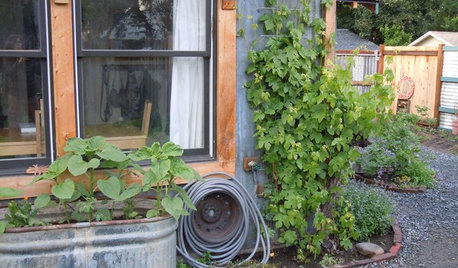
GARDENING GUIDESEdible Gardening Essentials: Tips for Traditional Hand Watering
Save the expense and hassle of a complicated garden system with a simple watering can or inexpensive hose add-ons
Full Story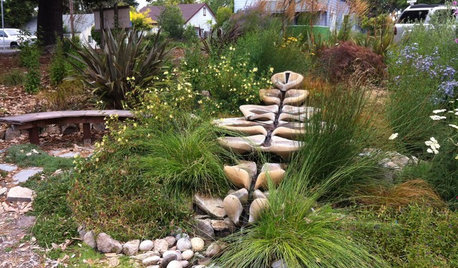
LANDSCAPE DESIGNNew Ways to Design With Water
Go beyond 3-tiered fountains and faux waterfalls to discover water's architectural possibilities
Full Story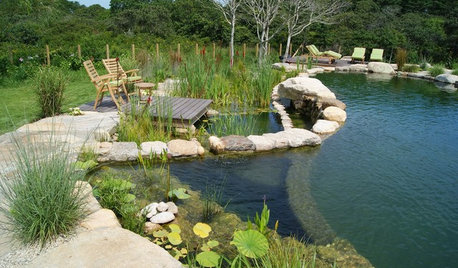
LANDSCAPE DESIGNSecrets of a Successful Water Garden
Relax. Having a water garden is much easier once you understand the basics
Full Story
PATIO OF THE WEEKWater and Fire Mingle in a Canadian Front Yard
If the illuminated moat winding through this Ontario patio doesn't dazzle you, the 8-foot-wide fireplace will
Full Story
SAVING WATER6 Reasons Why You Should Save Your Rainwater Now
Collect and store during the rainy season so you’ll have water ready for irrigation when you need it
Full Story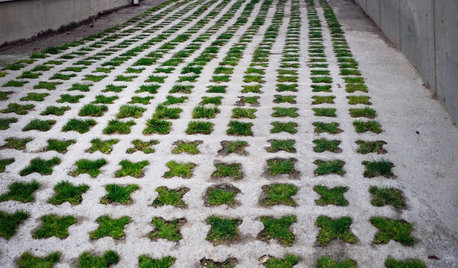
EARTH DAYHow to Build a Greener Driveway
Install a permeable driveway to keep pollutants out of water sources and groundwater levels balanced
Full Story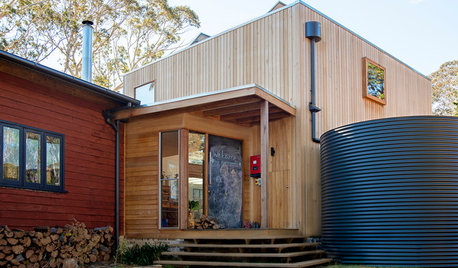
SAVING WATERIs a Rainwater Cistern Right for You?
These extra-large containers reduce runoff and save on the use of potable water for the landscape
Full Story





organicnoob
dchall_san_antonio
Related Professionals
Chattanooga Landscape Architects & Landscape Designers · Gurnee Landscape Contractors · New Brighton Landscape Contractors · Newberg Landscape Contractors · Pleasanton Landscape Contractors · Plymouth Landscape Contractors · South Portland Landscape Contractors · North Aurora Landscape Contractors · Los Gatos Driveway Installation & Maintenance · Claremont Swimming Pool Builders · Ken Caryl Fence Contractors · Meridian Fence Contractors · Rome Fence Contractors · Silver Spring Fence Contractors · Summit Fence Contractorsskizot
Kimmsr
skizot
jlaak5
skizot
Kimmsr
dchall_san_antonio
uncle_al_tkpOriginal Author
jlair_telus_net
dchall_san_antonio
joelair
dchall_san_antonio
michelelc
joelair